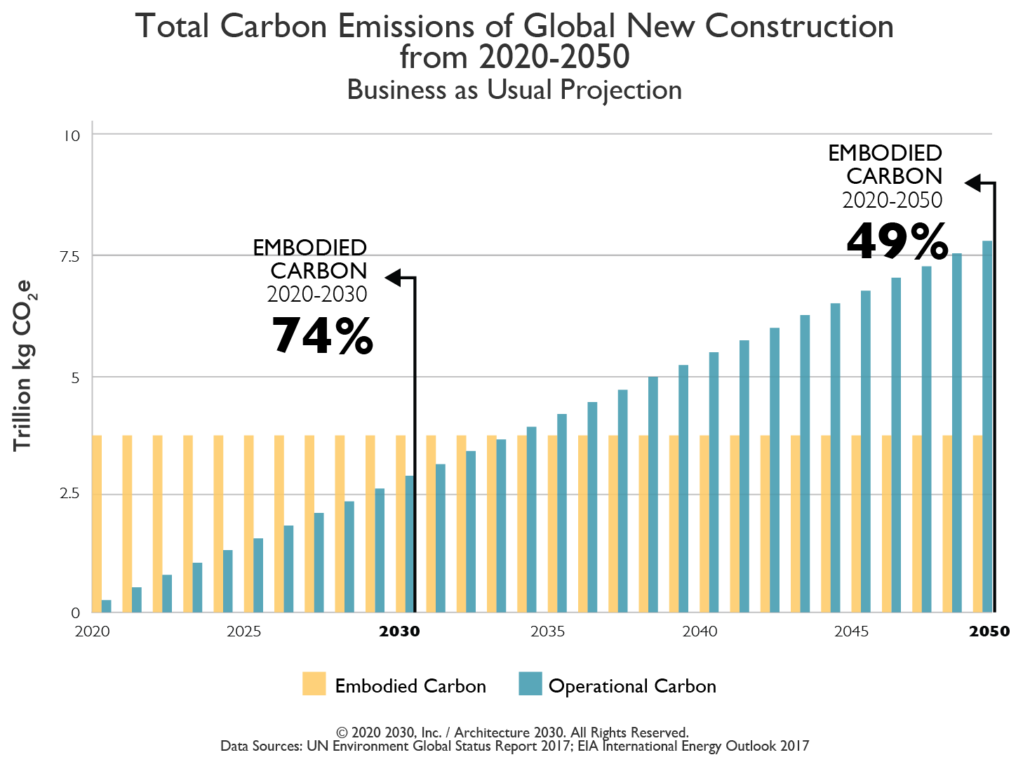The US Environmental Protection Agency (EPA) began revising its Indoor AirPlus (IAP) specification for homes and residential buildings in early 2020. Since the first drafts of version 2, several factors have shaped the new standard, including the public’s hyper-awareness of indoor air quality (IAQ) during and post COVID, input from strategic partners, and considerations from multiple public comments.
The goal to improve IAQ across new and existing housing while addressing affordability and expanding access to healthy housing among disadvantaged populations will not change.
But a lot will change for building designers, developers, owners, and property managers that earn the Indoor AirPlus label for their buildings.
For starters, the program will now be written as Indoor AirPlus (previously “airPLUS”), and there are two levels of certification: Certified and Gold. EPA anticipates that version 2 will be available for use in fall 2024, and version 1 will be sunset in January 2026. During this overlap period, partners may opt to use either version.
Below, we’ve summarized the changes to expect from Indoor AirPlus version 2. (more…)


